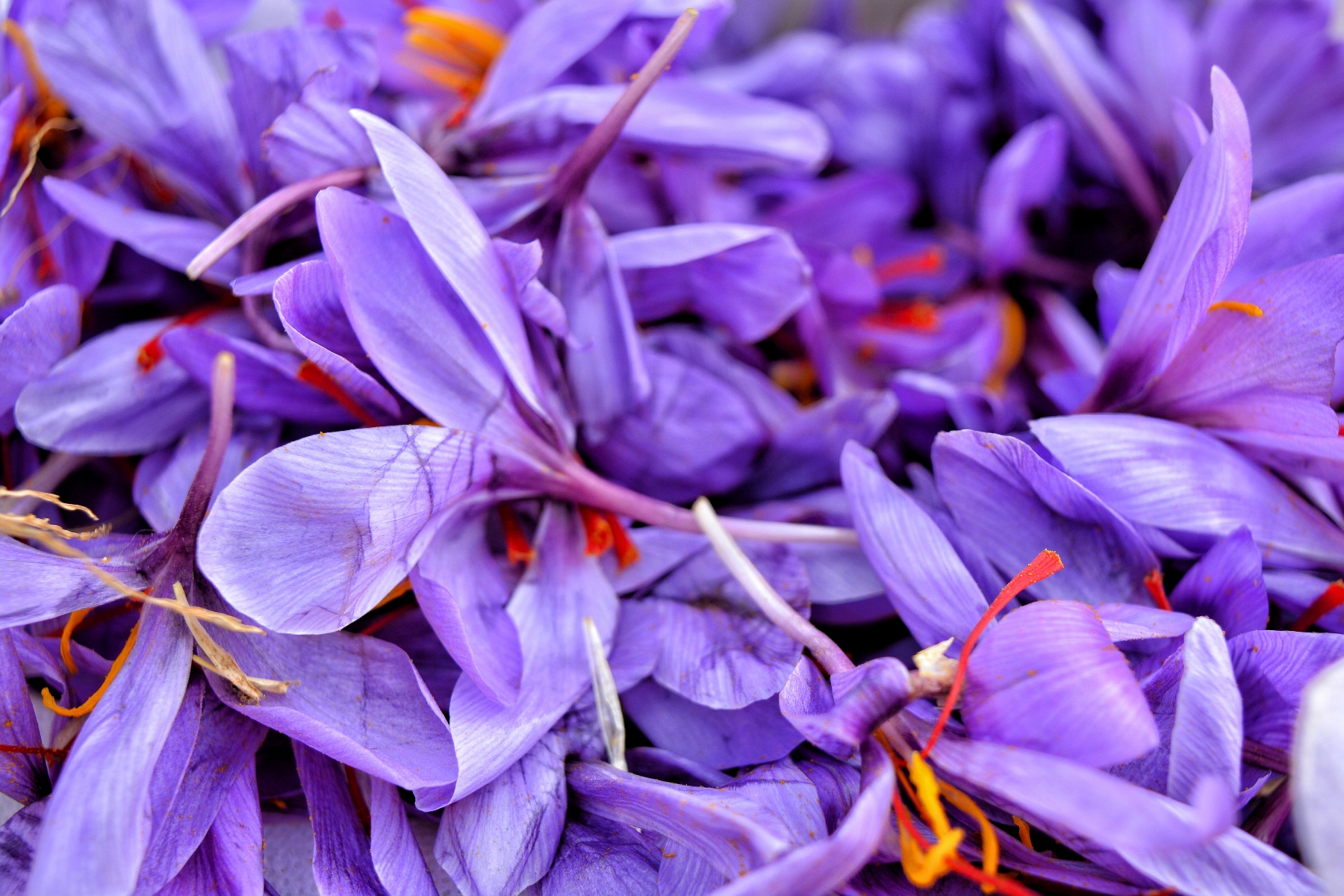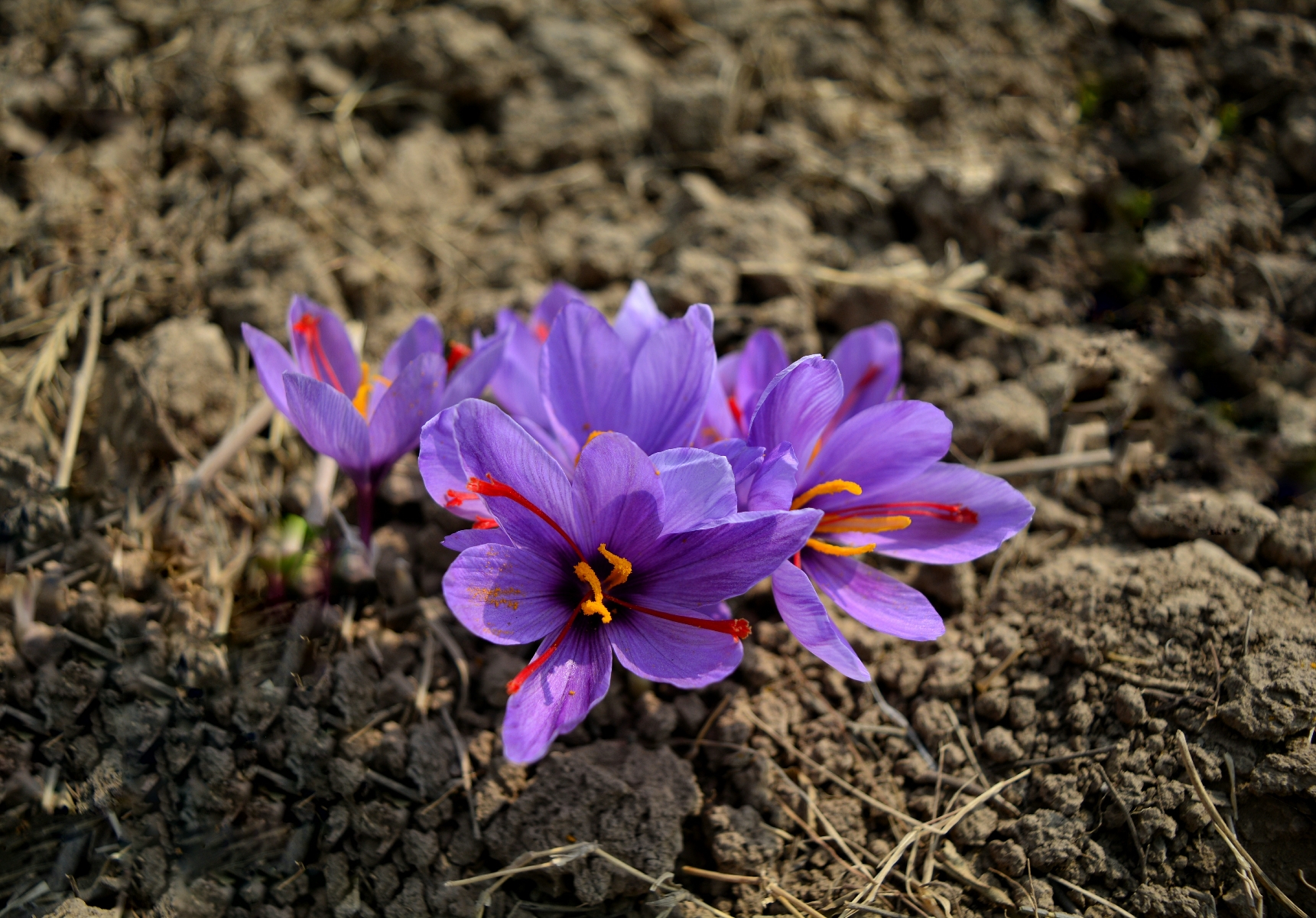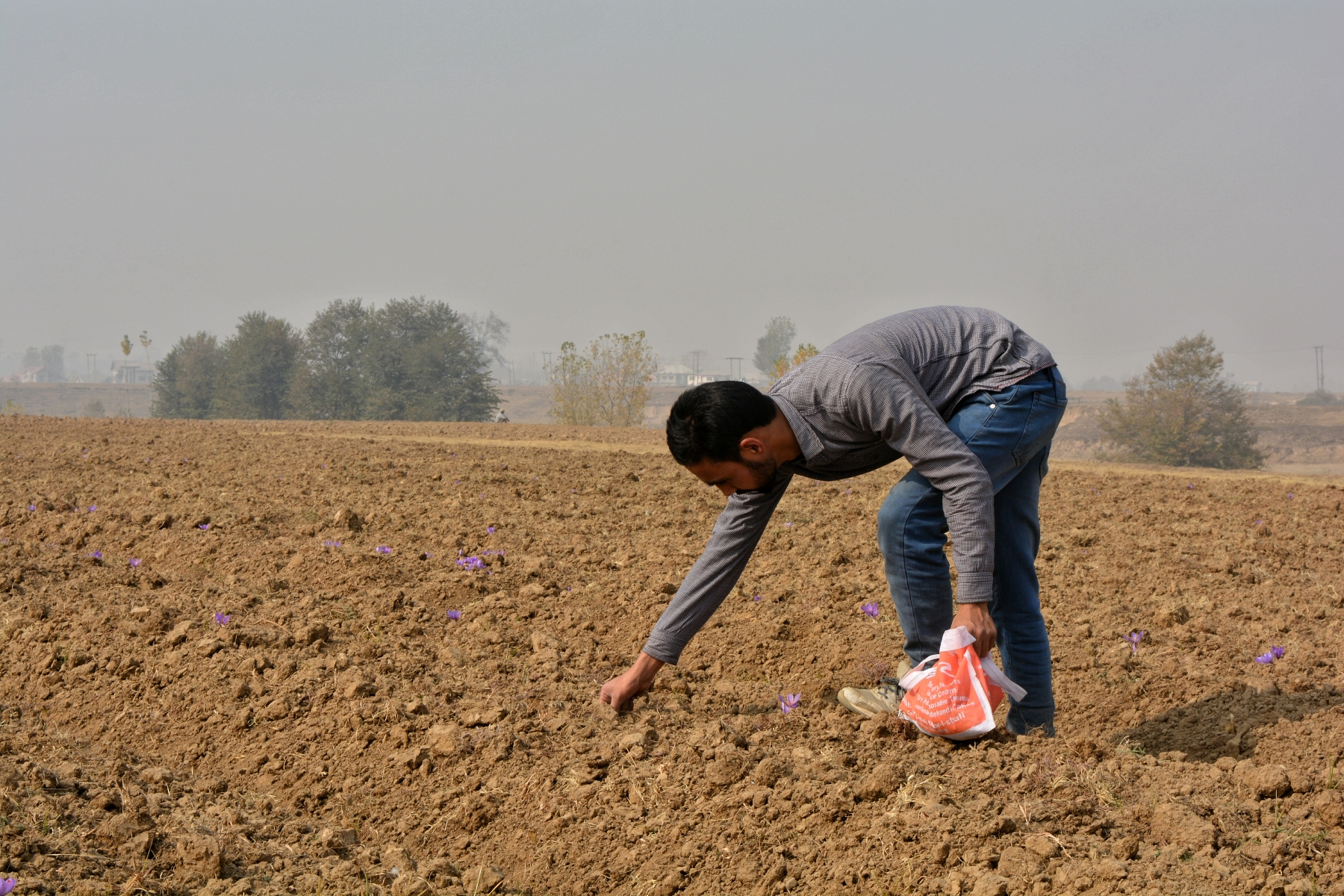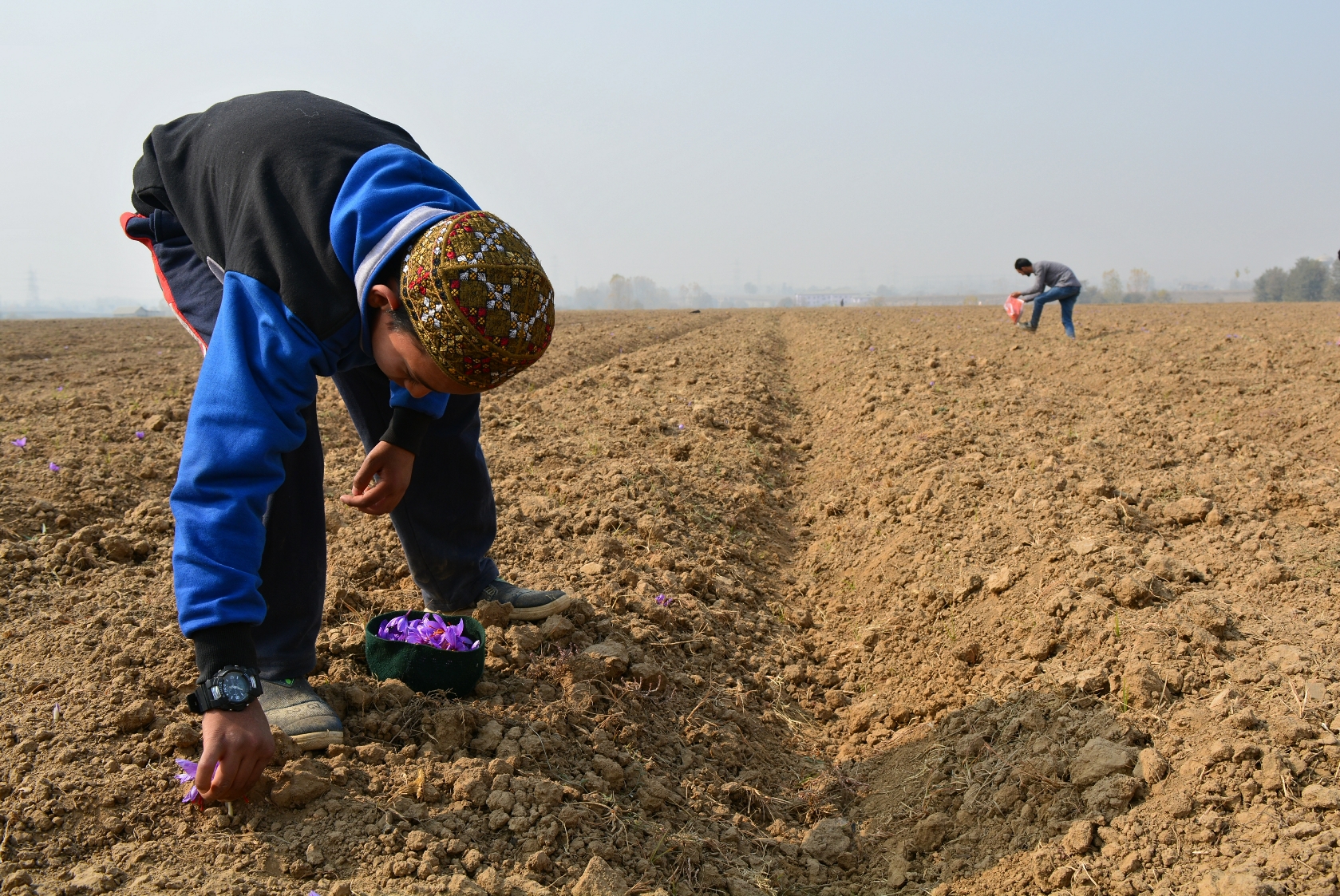Shafi Has Been Cultivating One of the World’s Most Expensive Spice for 50 Years!
“Saffron cultivation is our culture and tradition. It’s been there for centuries, and it needs to be protected both the government and by people.”

Once upon a time, Mohammad Shafi would go to the saffron fields and collect five to ten kilograms of saffron from one Kanal of land. Now he raises just two kilograms.
Kashmir is suffering from one the worst crises regarding saffron production this year. But this does not dampen the spirit of Shafi, as he is hopeful that he will soon be able to see a blooming display of saffron flowers.
Shafi has been in the saffron business for an amazing 50 years now. He says, “I have seen it all – right from the insurgency to the September 2014 floods.”

Though those floods nearly cost Shafi everything. Saffron is sown at some point between mid-September to mid-October. At that point in time, even the first floor of Shafi’s home was inundated with flood water.
His piece of saffron land is just a few kilometres away from his home, but fortunately, it was not hit by the floods. Despite such chaos, he managed to reach his field, fertilised the land and had an incredible produce that year.
This is just one of the many amazing stories of saffron from the valley. Kashmir is one of the three most prominent places in the world for cultivating saffron, and Kashmiri version is seen as a marvel of the species. It has been grown in the fields of Pampore in Pulwama district, for many centuries now. Pampore is known as the ‘Saffron town of Kashmir’. But sadly, lately, it has mostly caught eyeballs due to a sharp decline in its production.
Jammu & Kashmir has a monopoly of saffron cultivation in India. Pulwama and Kishtwar are the only two locations in the country with suitable climate and soil for saffron cultivation. And even globally, nearly 7.3 per cent of the world’s saffron is produced in the state. This puts India third in world production.
Saffron is one of the oldest commodities of J&K and has many uses other than as a food spice. It is used in pharmaceuticals, cosmetics, perfumeries as well as in textile dyes.

Shafi started cultivation right from his childhood as a part-timer. He initially just helped his family, but due to financial crises, he started to do it full time.
He says, “Due to low production people are compelled to sell their lands to earn their livelihood. But I would never sell my land. I will keep doing what I do, as it is our culture and heritage and we need to protect it.”
He is very passionate about the cultivation as he started from scratch, and it was saffron which paved the way for him at times of crises in his life.
“Saffron cultivation is our culture and tradition. It’s been there for centuries, and it needs to be protected both the government and by people.”
During the insurgency in 1989, Kashmir witnessed fear mania, and people preferred to stay indoors for their safety. But Shafi continued to go to his fields and do what he does best, cultivate the world’s most expensive spice.
Saffron sells for approximately ₹1.85 lakh per kilo. However, it does take roughly 75,000 flowers to make half a kilo of saffron!

“Our work remained aloof from the political situation in the valley. Nobody intervened in our work, and I believe in Almighty, who has always helped me during crises.”
The government as also tried to help farmers during their crises. In 2010, the central government sanctioned ₹371.18 crore, via the National Saffron Mission, to halt the declining production of saffron in the valley. The cost of the project was then escalated to ₹411 crore. The government also dug more than 100 tubewells.
However, these efforts are mostly seen as failures. Many of the tubewells no longer work and production has not picked up on any significant terms.
Shafi has his own thoughts about the declining production as well. He says that earlier people used to work hard in their fields. But as their economic condition improved, they started to lose interest in the work.
The weather this year also played a spoilsport as there has been no rain over the past three months in the valley.

Shafi plans to install a tubewell of his own to combat this. “I don’t want to be dependent either on weather or the government,” he says.
As a sign-off, Shafi shared his future plans. He wishes to export it to various parts of the world. “I want to tell the world that not only ours is better than Iran’s, but is, in fact, the best.”
Let’s hope Shafi goes strong for another 50 years!
Like this story? Or have something to share?
Write to us: [email protected]
Connect with us on Facebook and Twitter.
NEW: Click here to get positive news on WhatsApp!
This story made me
-
97
-
121
-
89
-
167
Tell Us More
If you found our story insightful, informative, or even just enjoyable, we invite you to consider making a voluntary payment to support the work we do at The Better India. Your contribution helps us continue producing quality content that educates, inspires, and drives positive change.
Choose one of the payment options below for your contribution-
By paying for the stories you value, you directly contribute to sustaining our efforts focused on making a difference in the world. Together, let's ensure that impactful stories continue to be told and shared, enriching lives and communities alike.
Thank you for your support. Here are some frequently asked questions you might find helpful to know why you are contributing?



















